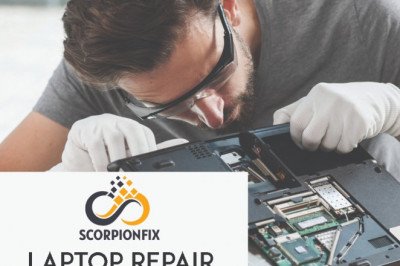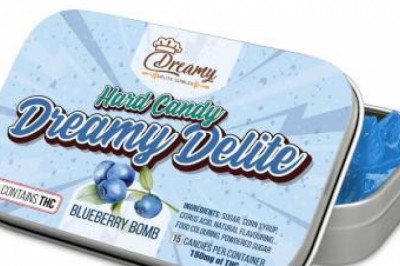views
Today, Colico will explain the precautions for using rubber rollers, the maintenance of rubber rollers and the main types of rubber rollers.
Precautions on the use of rubber rollers
Printing rollers are mainly used to transfer ink on offset printing machines. Therefore, the daily cleaning of rubber rollers must be cleaned carefully, otherwise the surface layer of rubber rollers and pigments, resin, easy to oxidation generated a smooth and hard film, resulting in surface vitrification and affect the ink transfer. If it is not cleaned frequently, the surface of the roller will be uneven and affect the use. Therefore, the roller should be cleaned and put away when shutting down.
In the offset printing operation because of "water big ink big" produce ink emulsification, in the smooth rubber roller formed a hydrophilic base, so that it deinking. The solution is to shovel off the emulsified ink, the de-inked rubber roller washed with gasoline, with a 5% aqueous solution of sodium hydroxide mixed with pumice powder grinding, while the metal roller (or hard roller) should also do the corresponding treatment. The hard roller can also be sanded with fine water sand under the state of water drenching, note that it cannot be fixed to stay in the same part of the ocean, otherwise it will damage the rubber roller. The fundamental solution is still to control the pH value of the water bucket liquid, to improve the balance of water and ink.
The rubber rollers used for too long aging, coupled with the erosion of chemicals, resulting in rotten rubber off the "slag", such a rubber roller is best not to use again, or seriously affect the quality of the print.
To ensure that production and printing quality are not affected, there must be spare ink rollers, but do not store too much to avoid aging. Rubber rollers are stored in the same environment as the blanket. In addition, the rubber rollers should be erected flat at the journal and the surfaces should not touch each other or other items to avoid deformation of the rubber rollers.
The rollers should not be stored near large motors and generators. Because the large amount of ozone produced by these equipments will make the surface of the rubber rollers aging and cracking.
When the weather is cold, the ink does not hit evenly, you can add auxiliary materials to the ink appropriately. It is forbidden to bake the ink rollers with infrared heater and other equipment to prevent the oxidation of the rollers.
Maintenance of rubber rollers
Newly cast rubber rollers should not be put into use immediately.
Since the internal structure of the newly cast rollers is not stable enough, if they are put into use immediately, their service life will be easily reduced. Therefore, the new rollers should be placed for a period of time, so that the rollers can keep a relatively stable state after contacting the temperature and humidity of the outside environment, which can increase the toughness of the rubber body and thus improve the durable effect.
The correct storage of idle rollers
The rubber rollers to be used should be cleaned, wrapped up with plastic film and put on the rubber roller frame, not to be stacked in a piece or leaned against the wall, so as to avoid undue loss of the rubber body. In the process of transporting the used rubber rollers to the processing and casting, do not throw them away or put them under heavy pressure, and keep the core of the rollers from deviating and bending to ensure the normal use of the core.
The rubber roller shaft head and bearing should be kept well lubricated
We know that the precision of rubber roller shaft head and bearing directly affects the effect of ink transfer and ink distribution. If the poor lubrication causes the rubber roller shaft head, bearing wear, gap, will inevitably lead to the printing ink color uneven malady. At the same time, it will also cause printing bar marks due to bad conditions such as jumping glue and slipping glue. Therefore, the roller shaft head and bearing should be filled with lubricant to prevent the normal use of the roller and ensure the printing quality.
Main types of rubber rollers
Printing rubber roller Natural rubber roller Butyl rubber roller Metallurgical rubber roller Special rubber roller Gravure roller Textile rubber roller Nitrile rubber roller Compounding machine roller Printing and dyeing rubber roller Neoprene rubber roller Covering machine roller Paper-making rubber roller Butyl rubber roller Textile machine roller Printing rubber roller Ethylene propylene rubber roller Plastic coating machine roller Wood coating roller Silicon rubber roller Film blowing machine roller Industrial rubber roller Fluorine rubber roller Rubber rubber roller Glue glue roller Cigarette machine rubber roller Rubber plastic roller Oiling and varnishing rubber roller Printing iron roller Glass bead rubber roller Typewriter roller Leather machine roller Solvent resistant roller Trademark machine roller Coated roller Nylon roller Press roller Glass machine roller UV roller Printer roller Woodworking machine roller PU roller Dehydration roller Alcohol dampening roller Chrome plated roller Ink roller Hulling roller Copper plated roller Ink machine roller Polyurethane roller Mirror roller Acrylic roller Sanding roller Anilox roller Transfer roller Printing machine roller Resin roller Hot stamping roller
CORECO is a professional manufacturer and exporter of carbon fiber rollers. Our products are widely used in the nonwoven, converting, printing and textile industries. We are always at the forefront of developing the latest technology to provide customized solutions to our customers.











